Heroes of Australia’s 2004 series win in India reveal how they got the job done
The heroes of Australia’s incredible away series win over India in 2004 reveal the secrets to their historic success:
Cricket
Don't miss out on the headlines from Cricket. Followed categories will be added to My News.
IT had been 39-years since a touring Australian team had conquered India on the subcontinent.
Five Aussie outfits, containing some of the best to wear a baggy green had tried, and failed, to
tame the tricky dust-bowl decks and longline of formidable spinners when the 2004 series came
along.
Expectations were high for a squad stacked with players destined to be all-time greats, a team also riding high on confidence after a 3-0 trouncing of Sri Lanka on the subcontinent earlier that year
But then captain Ricky Ponting, who averaged 100 and made two double-hundreds in a stunning
home summer against India at the end of 2003, broke his thumb at the Champions Trophy in
September.
He was ruled out of the opening Test matches, replaced in the squad by wunderkind Michael Clarke who had not played a Test, let alone been to India.
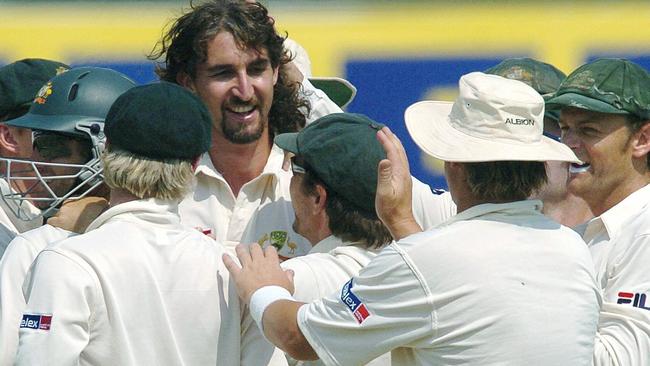
Even without Ponting, the Aussies still boasted a line-up littered with legendary Aussie
figures — openers Matthew Hayden and Justin Langer, Glenn McGrath and Shane Warne at their peak with the ball and stand-in captain Adam Gilchrist.
On day one of the first Test at Bangalore Gilchrist won the toss, chose to bat, and the tourists
immediately put the home team to the sword.
IAN CHAPPELL: How to survive spin
Australia was 5-316 at the end of play, Clarke and Gilchrist both not out.
They went on to make centuries on day two, Clarke hitting 151 as the first of his 28 Test centuries, in a total of 474.
It set the scene for an opening Test win and the Aussies were away.
The second Test in Chennai ended in a draw, the final day washed out, denying India the chance to chase down 209 to win and tie the series.
But on the back of stellar first innings efforts from Damien Martyn (114) and seamer Jason Gillespie (5/56) Australia secured the third Test, and the series, in Nagpur.
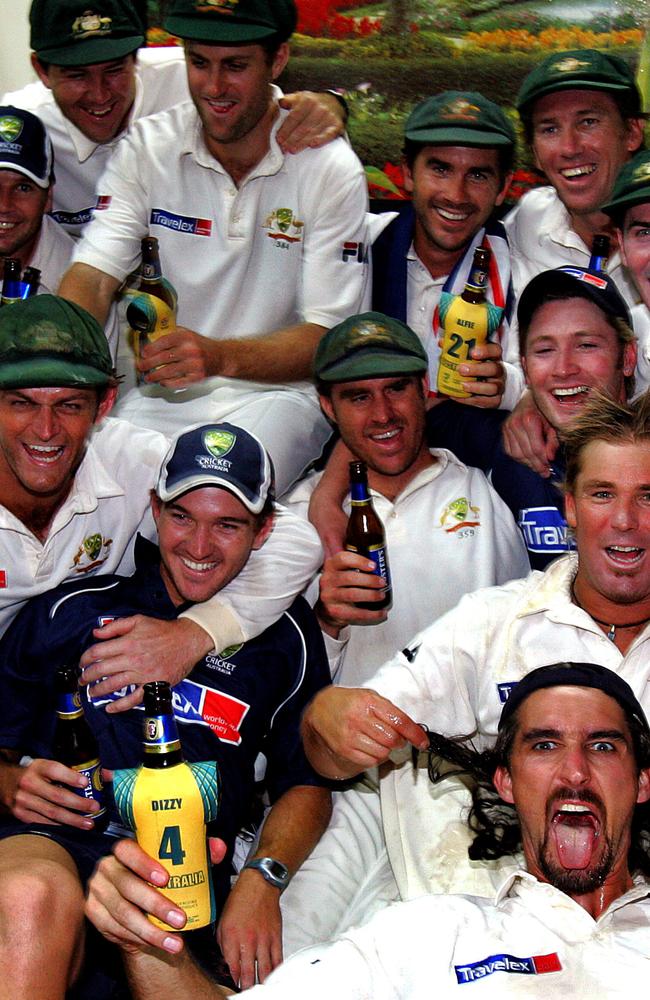
It was landmark win for an all-conquering outfit and should have opened the door for ongoing
success in one of cricket’s toughest environments.
But instead that drought-breaking series proved the exception rather than the rule.
This Thursday a much less experienced team, with two potential greats in skipper
Steve Smith and top-order slugger David Warner, again take on India, the top-ranked team in Test cricket.
They need to reverse a dismal record that includes eight losses in the past 10 Tests in India.
Captained by the imperious Virat Kohli whose ascent towards greatness continues at a rapid incline, India have gone 19 Tests without a loss on home-soil, with 17 wins and just two draws.
Expectations of a bold Aussie showing are low. The TAB rates them a $5.50 chance to win the
opening Test in Pune, and $9 to win the series. The Indians are $1.15 and this week former Indian captain Sourav Ganguly predicted a 4-0 clean sweep for the home team.
JASON GILLESPIE — ‘We aimed to tire them out’
Gillespie was the leading-wicket taker for the successful Aussies in 2004, snaring 20 scalps at a
stunning average of 16.
Now a revered coach in his own right Gillespie said a settled line-up and meticulous pre-tour
planning gave the Aussies a confident edge going in to the series, and it paid off.
“We had quite a settled side but the thing that stood out for me was that the batsmen had very
clear, defined plans on how they would combat the various threats the Indian bowlers posed,” he said.
“They trusted their plans, they prepared specifically for it, and the key is that they backed themselves to follow through with those plans.
“Then the bowlers, the seamers, we changed our method a little bit. Rather than bowl the Australian line, that off-stump, fourth-stump and look for nicks, we went straighter. We really aimed at the stumps and had a bit of a ‘you miss, I hit’ mentality.
“We defended a little bit with the field, too, and our theory was, having a couple of sweepers out — Indian players tend to be wristy and look to hit boundaries and not have to run too much. We felt if we could make them run between wickets more, tire them out, we backed ourselves and our fitness as a bowling attack to keep charging in and be accurate and bowl stump to stump, being very patient, not being flustered, and look to wear down the batsmen.”
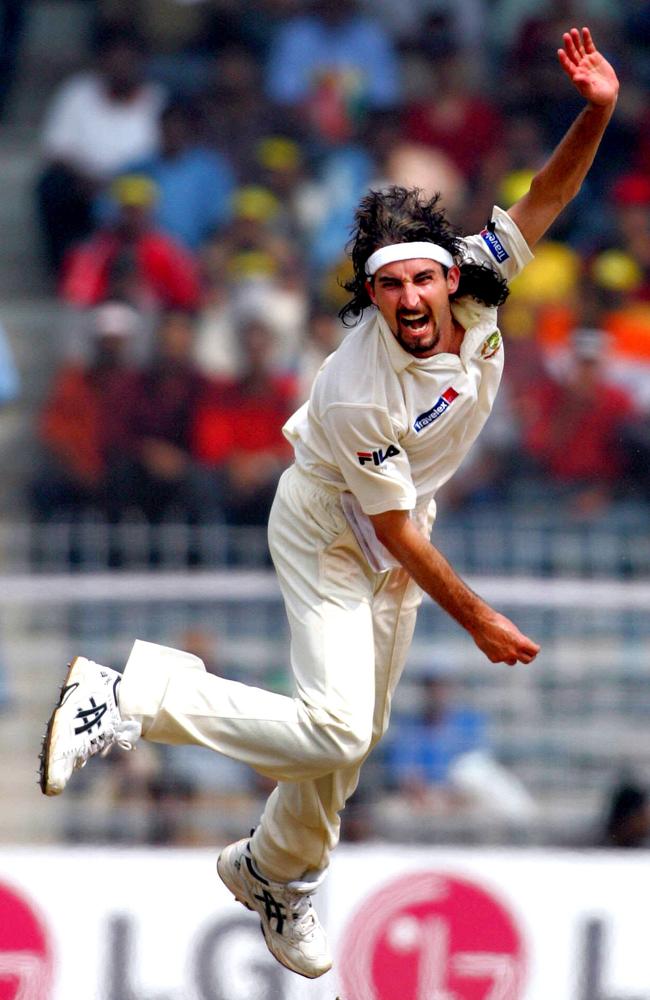
“We had in-out fields, like spinners fields, with a deep square leg and deep point, but then catching cover and catching mid-wickets. Fields to challenge the defence of the Indian players and to also challenge them physically, make them do more running. That seemed to work quite well.”
Gillespie said past Australia attacks had always tried to stay away from the stumps because the Indians were masters at working the ball to the leg-side.
“But we wanted to challenge that, and we protected that area, to try and make them do something different, not give them rewards for their shots,” he said.
“We felt that would put the Indians under pressure, they weren’t use to that.”
Gillespie acknowledged the group going to India this time around was less experienced, but said
good preparation could breed confidence.
“I am a big believer that if you do everything you possibly can to get ready for a game, then you just go out and enjoy the experience, go out with a clear mind, free thoughts and just go out there and play,” he said.
“If you go there with a negative mindset you are going to have a tough time, you will find reason to moan.”
Gillespie said for those willing to absorb everything on offer, it’s one of the great tours.
“The Indian people are wonderful; and have lot in common with cricketers, because they love the game. They just want to see you play,” he said.
“World cricket is not all daffodils and daisies, it can be a grind but you’ve got to soak it up and crack in.”
JUSTIN LANGER — ‘I couldn’t block out the noise’
JUSTIN Langer felt like he was Rocky Balboa.
It was October 6, 2004, at M Chinnaswamy Stadium in Bangalore.
Stand-in Australia captain Adam Gilchrist had won the toss, decided to bat, and Langer, with long-time partner Matthew Hayden, had to enter a cauldron heaving with expectation.
“I remember that was the closest I ever felt to being Rocky Balboa I reckon,” he said.
“I was opening the batting and walking out to bat, it was the only time I could ever remember in my career that I couldn’t block out the noise.
“The lead up was massive, it was like a world heavyweight title fight, it was unbelievable. And I remember standing on the balcony waiting to go out to bat, I honestly thought I was walking in to a Rocky movie. I couldn’t wait to get out there. It was so exciting.
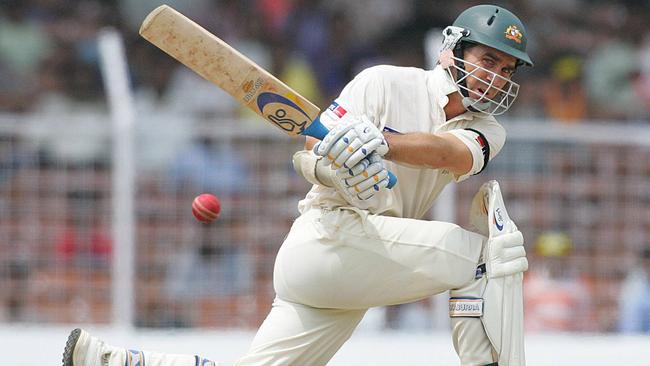
“Usually you get nervous but then Irfan Pathan bowled the first ball and I could not get the noise out of my head. Usually it gets silent because you are concentrating. But this noise was so loud. Then he struck me on the pad first ball and there was this massive appeal, the first ball of the series. It was going down leg side but it was an amazing event and an amazing experience. Had I been out first ball it may have been a different series.”
Langer said having the likes of Glenn McGrath, Shane Warne and his great mate Hayden in the line-up ensured they would be able to cope with the heat of an Indian series.
“We’d been beaten in 2001 when we should have won, we’d been stung a bit by that,” he said.
“We had that Test in Calcutta in our grasp, and if we won it would have been 17 straight Test match wins.
“We had seasoned campaigners and they had confidence in their own ability and it came off in that series. You would much prefer to go there with players who are confident in their own ability and are playing well. You’ve always got to be on your guard, on your game, because it is such a hard place to play. It can be very suffocating for a less experienced player.”
SIMON KATICH — ‘Making big runs was crucial’
Aussie batman Simon Katich was given the unenviable task of filling in for injured Ricky Ponting at No. 3 and had a solid tour, netting 276 runs, including a 99 in the second innings of the third Test at Nagpur.
He remembered the series win as the “the highlight of my career … because it’s so difficult”, and one which helped stamp that Aussie outfit as one of the best.
“The team that went in 2001 got so close in that famous series under Steve Waugh (they lost 2-1),” Katich said.
“I think there was a fair bit of belief that we had been close, and it was just matter of getting over the line. It all went to plan.
“Adam Gilchrist was in charge and he played a huge part in that, then our bowlers did such a great job. What helped more than anything was we won the toss in the first three Tests and batted first, which is a huge advantage. You still have to make the most of it and that’s what we did well, we made big runs which is crucial in India.
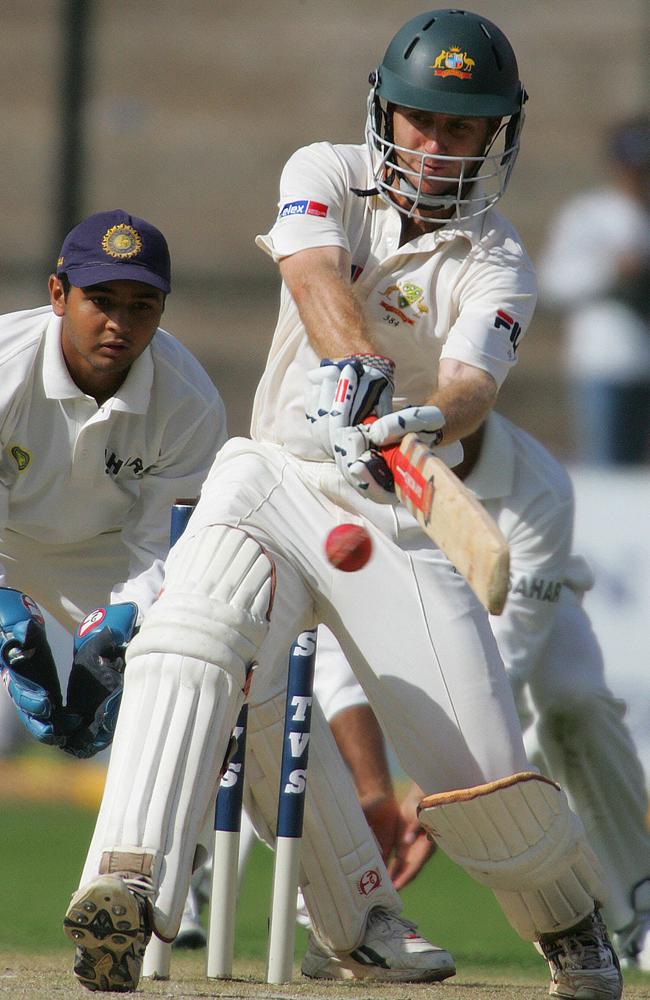
“There’s always a big focus on the top order. The best time to bat in India is against the new ball so if you are in the top four it is an advantage because you can score a bit more freely then as the ball softens, spinners at both ends, the ball turning, it’s harder to find the boundaries.
“The top order is going to have to lay the foundation to protect the middle order. They have all got the games to be able to adapt, and the mindset. They are all good players. It’s just being able to soak up what India throws at us.”
Damien Martyn did that, arguably, better than anyone, making 444 runs and
Katich said he went there prepared to bat differently. A shot-maker used to hard-fast West Australia pitches Martyn was the “breakout” player with centuries in the second and third Tests.
“Tactically he played off the back foot a lot more. The second innings in Chennai (Martyn made 104 and no other Aussie passed 50) he played (Indian spinner) Harbajhan Singh off the back foot a lot more. Because the wickets are slower you can do that. He was prepared to soak it up early on and knew where he could get off strike.
“You have to be able to relieve the pressure somehow and it’s not always with boundaries.
“Sometimes it is just as simple as getting down the other end and getting in a partnership and being able to both absorb the pressure as opposed to one batsmen soaking up over after over. Rotating strike is as big a weapon as any in those conditions. He was extremely fit too, physically he had done a lot of work to be prepared to bat a long time.”
Originally published as Heroes of Australia’s 2004 series win in India reveal how they got the job done



